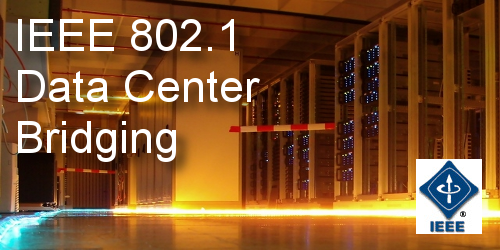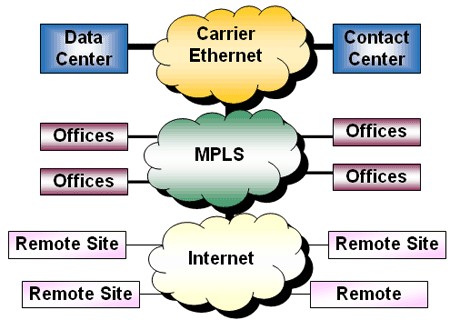What is Data Center Bridging
- November 20, 2009
- by
- Pravin

Augmentation of Ethernet local areas networks for the use in Data Center this whole process is known as Data Center Bridging. The Task Group of IEEE 802.1’ Work Group carries out the efforts to improve the quality. Ethernet is traditionally a primary network protocol in Data Centers for computer to computer communications. Ethernet is designed in such a way that in order to best effort network, it may deliver packets out of order or drop packets when devices or network are busy. In internet protocols responsibility of the transport protocols is traditionally judged by transport reliability. Best advantage of Ethernet is to add extensions to the existing protocol suite in order to provide reliability without inviting penalties of TCP. There are good chances of higher granularity in bandwidth allocation control. Also to use it more competently. Ethernet is also a good transport for server cluster traffic and storage.
New Ethernet protocols are developed or enhance the connectivity offered by Ethernet protocols by IETF or IEEE. Enhanced version of Ethernet are:
Data Center Ethernet or DCE – enhanced Ethernet based on the Data Center Bridging on the Data Center Bridging standards. Layer 2 multipathing implementation is also included. It is based on the IETF’s Transparent Interconnection of Lots of Links (TRILL0 proposal.
Converged Enhanced Ethernet or CEE – this generic term is used by many vendors like IBM, HP, Dell e.t.c. other vendors also refer it simply as enhanced Ethernet.

Some of the famous Data Center Bridging Standards Task Groups are:
ETS orEnhanced Transmission Selection – common management framework for assignment of bandwidth to 802. 1p CoS based traffic classes.
Congestion Notifications – congestion management for protocols that are capable of transmission rate to avoid frame loss are Congestion Notification. Many protocols like TCP are benefited because it respond to congestion in more periodic manner.
DCBX or Data Center Bridging Capabilities Exchange Protocol – basically a exchange protocol it is used for transmission of configurations between neighbors in order to ensure reliable configuration across the network.
PFC or Priority-based Flow Control – main motive of this mechanism is to make sure under congestion in DCB networks loss is zero. It provides a link level flow control mechanism that can be controlled separately for each Class of Service CoS.
Know More about zimbra email hosting service providers in india